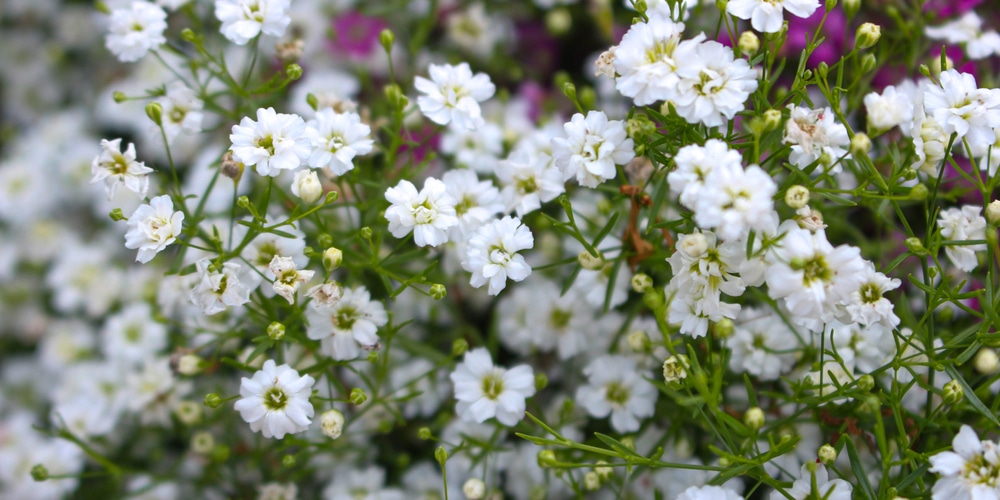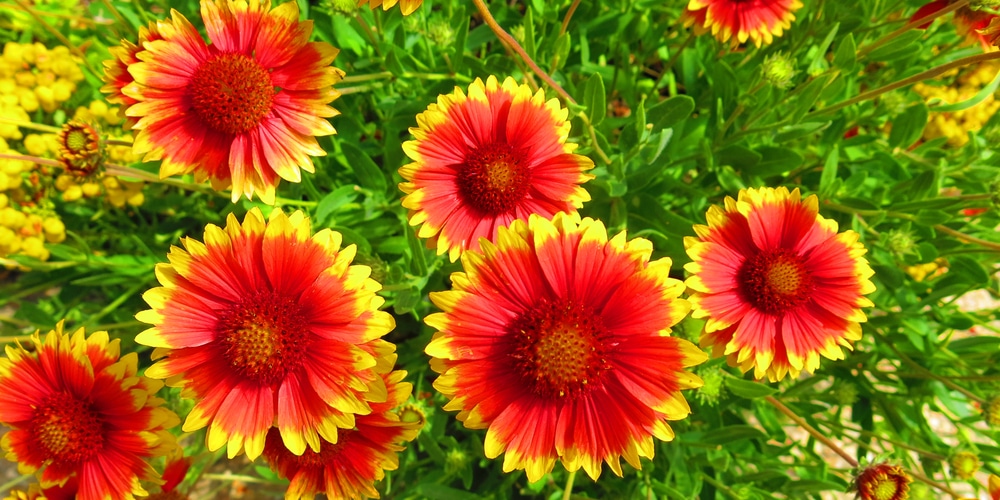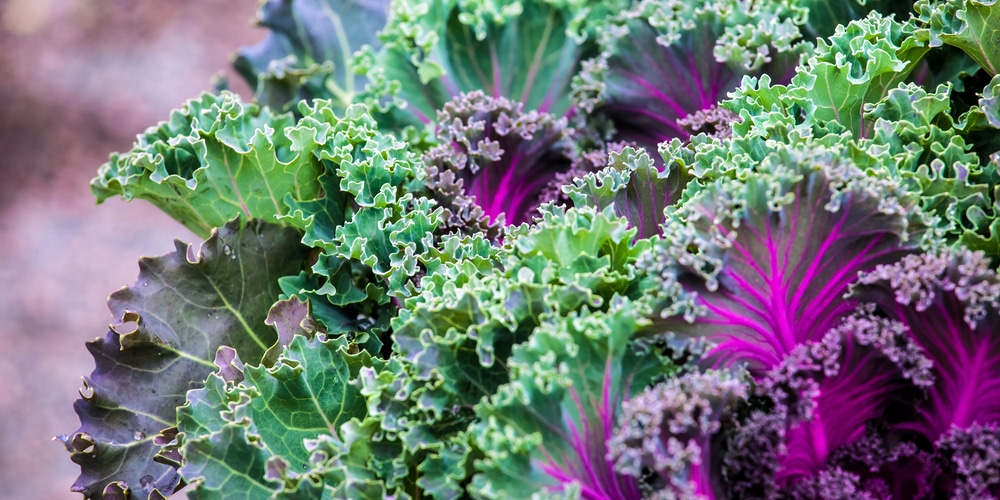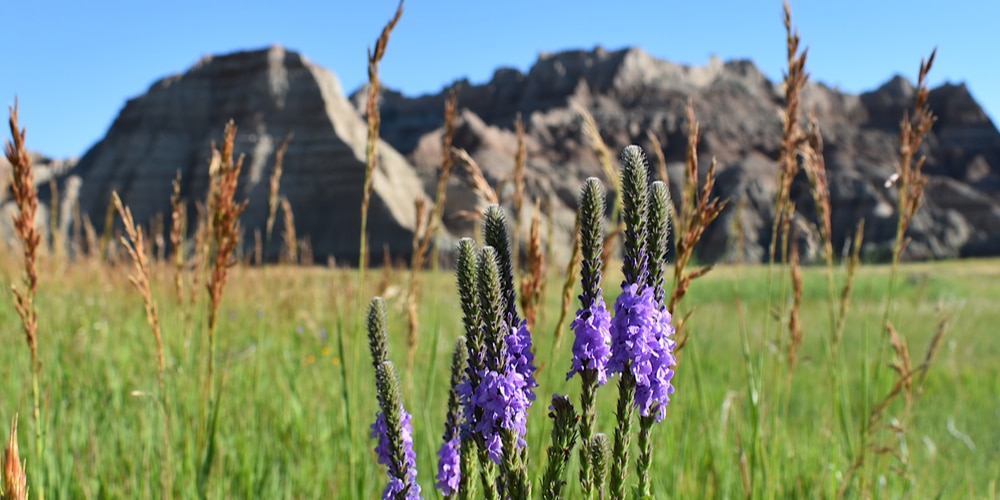Colorado keeps experiencing high temperatures and extreme drought. So, it is no wonder that most gardeners switch to more drought-tolerant flowering plants in their yards. However, Colorado’s harsh climate is no joke! The USDA plant hardiness zone map for Colorado shows that most cities are either zone 5 or 6, while some are zone 4.
What is the most drought-tolerant flowering plant for Colorado? While the most drought tolerant is probably Catmint, several drought resistant flowers for Colorado actually exist. Hot and dry summers may be due to an imbalance in nature or climate change. But you will find plenty of drought resistant flowers Colorado weather cannot touch in this article.
4 Drought Resistant Flowers Colorado Will Let You Grow
1 – Baby’s Breath
Baby’s Breath (Gypsophila elegans) is native to southern Ukraine and renowned in the wedding industry. This easy-to-grow cut flower and summer border filler makes delicate blooms. In detail, the airy, white cushion of flowers looks like bouquets you can just pick from the ground.
You can sow this perennial plant between March and May or August and October—as long as you protect the seeds against the cold weather with a cloche. Usually, the flowers bloom in summer. And you need to remove the dead heads to prolong flowering.
2– Blanket Flower
Blanket Flower (Gaillardia) is a perennial plant. Although they are available in most garden centers, varying cultivars exhibit different drought resistant flowers in Colorado. Why should you pick some varieties and discard others? Because growers should mimic the natural environment of this plant for it to thrive. And while some selections live in USDA zones 3-11, some cannot stand the cold.
Most Blanket Flower varieties prefer full sun. Above all, they do very well in hot, dry areas. But they need to soak up at least six hours of bright sunlight, especially in the winter. The only downside is that they need exceptionally well-drained soil because it does not like clay soil at all. So, amend the soil with sand or use raised bed if necessary.
The large, yellow daisies make lovely cut flowers. And you had better cut them, because as with all daisy families, the more you cut, the more the plant produces. The flowers will continue to bud and bloom unless you deadhead the plant. On the other hand, they may attract leafhoppers and four-lined plant bugs because of their juicy nectar.
Related Article: Blanket Flower
3 – Decorative Kale
Decorative kale (Brassica oleracea) comes in many vibrant colors. As the name suggests, the flowers look like kale or cabbage. Plus, they have smooth, wavy edges with bright rosette centers of pink, purple, red, or white leaves.
When other flowers begin to die off in the fall, decorative kale gives a splash of color to your yard. And the good news is that it grows better in cold weather because it is hardy to zone 2. So, you can place it anywhere in Colorado, no matter where you live. The plant will reach full size in about 12-14 weeks.
The drought resistant flowers in Colorado’s extreme heat can grow up to 1 foot wide and 15 inches tall. What’s more, they grow well both in containers or on a border as an edging plant. As an annual plant, this non-edible member of the Brassicaceae family will not grow back the following season.
4 – Woolly Verbena
Hardy to zone 4, Woolly Verbena (Vverbena stricta) is a native wildflower that requires little care. In the summer, the woolly verbena produces cute, tiny purple flowers. These flowers attract many pollinators and, later, make seeds. You can collect the seeds when the seed pods develop in a paper towel—place a paper towel in a plastic container and shake the pods onto the paper towel to capture the seeds.
As the name implies, Woolly Verbena has hairy leaves. But more importantly, you can put its drought resistant flowers in any Colorado yard because it does not spread easily. So, it is easy to control at will. As long as you collect the seeds, you can enjoy this flowering plant as much as you want.
Another cold-hardy variety you may want to consider is Blue Verbena (Verbena hastata) which has some medicinal purposes—you can use it to relieve stress. Both Blue Verbena and Woolly Verbena look similar. So, you might even put them in the same yard, but most people will not notice the difference.



